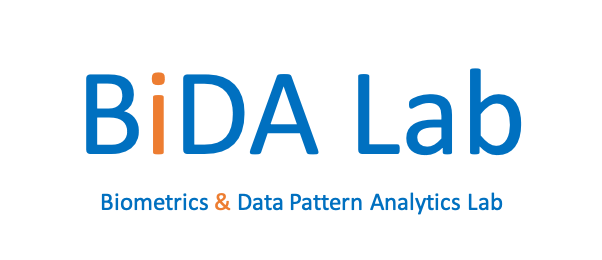AI4Food-NutritionFW: A Novel Framework for the Automatic Synthesis and Analysis of Eating Behaviours
Nowadays millions of images are shared on social media and web platforms. In particular, many of them are food images taken from a smartphone over time, providing information related to the individual's diet. On the other hand, eating behaviours are directly related to some of the most prevalent diseases in the world. Exploiting recent advances in image processing and Artificial Intelligence (AI), this scenario represents an excellent opportunity to: i) create new methods that analyse the individuals' health from what they eat, and ii) develop personalised recommendations to improve nutrition and diet under specific circumstances (e.g., obesity or COVID). Having tunable tools for creating food image datasets that facilitate research in both lines is very much needed. This paper proposes AI4Food-NutritionFW, a framework for the creation of food image datasets according to configurable eating behaviours. AI4Food-NutritionFW simulates a user-friendly and widespread scenario where images are taken using a smartphone. In addition to the framework, we also provide and describe a unique food image dataset that includes 4,800 different weekly eating behaviours from 15 different profiles and 1,200 subjects. Specifically, we consider profiles that comply with actual lifestyles from healthy eating behaviours (according to established knowledge), variable profiles (e.g., eating out, holidays), to unhealthy ones (e.g., excess of fast food or sweets). Finally, we automatically evaluate a healthy index of the subject's eating behaviours using multidimensional metrics based on guidelines for healthy diets proposed by international organisations, achieving promising results (99.53% and 99.60% accuracy and sensitivity, respectively). We also release to the research community a software implementation of our proposed AI4Food-NutritionFW and the mentioned food image dataset created with it.
PDF Abstract
